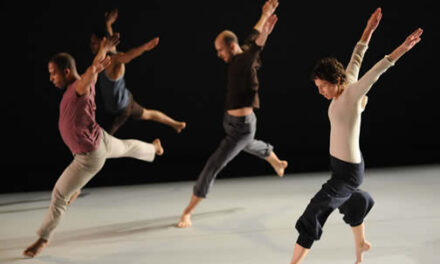The North Carolina Symphony performed the sixth event of their 2011-12 concert series at Meymandi Concert Hall in the heart of downtown Raleigh. After opening their season in September with such works as Mozart’s Requiem and Schubert’s “Great” Symphony, the NCS continues their repertoire of influential, bold composers with Tchaikovsky’s Symphony No. 5 in E minor, Op. 64 under the notable conductor Miguel Harth-Bedoya. The concert opened with an invigorating composition from Chilean composer, Enrique Soro (1884-1954), who pioneered the growth of orchestral music in Chile. His “Danza fantástica” (1905) propelled the orchestra into action. From the confident, driving outset, to the expressive, lyrical refrain, Danza fantástica illustrates the hybridization of Soro’s Chilean heritage with his classical Italian training. This bold opening to the concert captivated and prepared the audience for the brilliant works to come.
After “Danza fanástica,” the audience received perhaps the biggest delight of the evening with the performance of violin virtuoso Augustin Hadelich, in Jean Sibelius’s Violin Concerto in D minor, Op. 47. Hadelich employed his stunning technique to draw out the poetry within the music to tell a story throughout the three movements. The anguished cadenza of the first movement conveyed a sense of desperation captured in Hadelich’s quick fingered flourishes and almost cacophonous sounds. The rich, deep accompaniment from the cellos and bassoons in the second movement set up a mournful romantic sound that swelled with a sense of determination into an energetic dance-like third movement. Hadelich dazzled the audience with his nearly overwhelming skill and commitment to the tension and romance of the violin concerto. The conclusion of the final movement brought the audience to their feet, until Mr. Hadelich announced an encore performance of Paganini’s Caprice No. 17. This light and lively piece inspired another standing ovation to conclude the first half of the evening’s performance.
Maestro Harth-Bedoya led the orchestra through the four movements of what he described as one of Tchaikovsky’s most human compositions. The first movement introduced the musical theme that would reoccur throughout the Fifth Symphony that Tchaikovsky described in his writings as a resignation to fate. An intense exchange between the strings and the woodwinds concluded with the robust sounds of the brass section to bring the theme to a climax in the aggressive first movement. The second movement presents more sweeping melodies, with an introductory horn solo that is repeated throughout the piece. This second movement contains melodies that audiences may identify in contemporary music as well. Frank Sinatra’s “Moon Love” and John Denver’s “Annie’s Song” both incorporate the romantic melody of the solo horn in this operatic movement. The third movement, Allegro moderato, has the pulse of a waltz and suggests a more peaceful acceptance of one’s fate when compared to the frustrated first movement. This grows into an exulting finale in the fourth movement. The strong presence of the brass section evokes imagery of a triumphant warrior’s return home, and the final chords dictate an acceptance and resignation to one’s fate with nobility and pride. Tchaikovsky presents, as Maestro Harth-Bedoya spoke to, a progression of human emotion and development across the movements of his Fifth Symphony.
This segment of the North Carolina Symphony’s concert series is not to be missed. As always, they present a thorough repertoire of important classical compositions with skill and interpretation that brings out the beauty and humanity within each piece. Guest violinist Augustin Hadelich brought a stunning interpretation of the Sibelius Violin Concerto that, along with the North Carolina Symphony’s performance of Tchaikovsky’s Fifth Symphony, will leave audiences with a newfound appreciation for music.
The performance of Tchaikovsky’s Fifth Symphony continues through October 15th. For more info see the sidebar..











